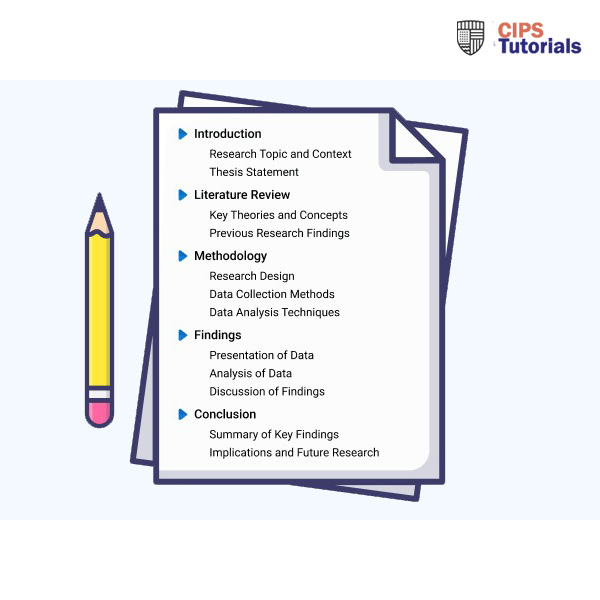-17%
Description
Related Papers
(Solution) CIPS PIN NUPCO Formal Commercial Negotiation Plan
- For the current integrated modules assignment, a formal negotiation plan has been developed appropriate for the Procurement and Supply Management (PS&M) focusing on organisation operations.
- In this assessment, the National Unified Procurement Company (NUPCO) a leader in Saudi Arabia procurement, logistics and supply chain management for pharmaceutical, medical devices and supplies for government hospitals in Saudi Arabia (KSA).
- Further, the Ultrasound Machines procurement category has been identified in this report. By successfully reflecting on the content from driving value through procurement and supply, managing expenditures, developing contracts, sourcing essentials, negotiation in procurement and supply, relevant insights of the negotiation plan has been provided. Further, in this integrative assessment, the various tools applied include STEEPLE, Porter’s 5 Forces, SWOT analysis and Mendelow Matrix Stakeholders have been used to develop a successful negotiation strategy.
- The importance of this has been informed by the fact that NUPCO being a procurement organisation prioritise on attaining cost spending efficiencies and improvement of the healthcare services providers to government hospitals.
- This is with the skills, concessions, alternatives in the negotiation prioritised identified in this integrative assessment.
(Solution) CIPS PIN RCU Driving value through procurement and supply;Managing expenditures; Developing contracts; Sourcing essentials; Negotiation in procurement and supply
An organisation's Supply and Procurement Management (PS&M) department has a formal negotiation plan that was created for this integrated module assignment.
The organization that will be discussed is Royal Commission of AlUla (RCU), which is a front-runner in Saudi Arabia when it comes to commissioning of infrastructure and visitors facilities which underpin AlUla future success while at the same time protecting natural beauty and historic sites.
Within this study, the category of procurement for IT Systems has been recognized. Relevant insights into the negotiation strategy have been offered via reflection on information from the following areas: managing expenditures, negotiating in procurement and supply, sourcing necessities, developing contracts, and driving value through purchasing and supply.
Various tools such as STEEPLE, SWOT analysis, Porter's 5 Forces, and the Mendelow Matrix are utilized. When formulating the strategy for the negotiations, stakeholders were considered. Since RCU is a procurement organization, the rationale for this is that they aim to improve tourism and archaeological sector services provided to government institutions while also achieving cost savings.
Government funding in tourism has been decreased due to the worldwide economic downturn that followed the COVID-19 pandemic. Consequently, RCU has few options when it comes to available resources. Therefore, it is critical that they negotiate value for money with their stakeholders.
In order to ensure a successful operation, it is necessary to work on a detailed negotiating plan. Their respective sourcing strategies, predetermined terms and conditions, and relationships with stakeholders are all part of the negotiation strategy.
The necessity of creating the negotiation strategy is dictated by the results and conclusions of this integrated assessment. To do this, one must properly plan, test, propose, negotiate, agree, and conclude the process.
Stakeholder relations are vital in different strategies and phases of the negotiation, according to the acquired findings. In addition, for RCU to maximise their competitive advantage in sourcing IT Systems, they would accomplish BATNA and MLA for the proper outcomes.
Several gaps have been observed that are in accordance with the findings and recommendations in this research. These shortcomings highlight the need of implementing these suggestions to address them.
One of them is making sure that all relevant parties are included in the planning process by incorporating current technology.
Additionally, in order to prevent conflicts of interest, it is necessary to incorporate explicit documentation. That is in conjunction with process-specific, market-driven bargaining strategies.

